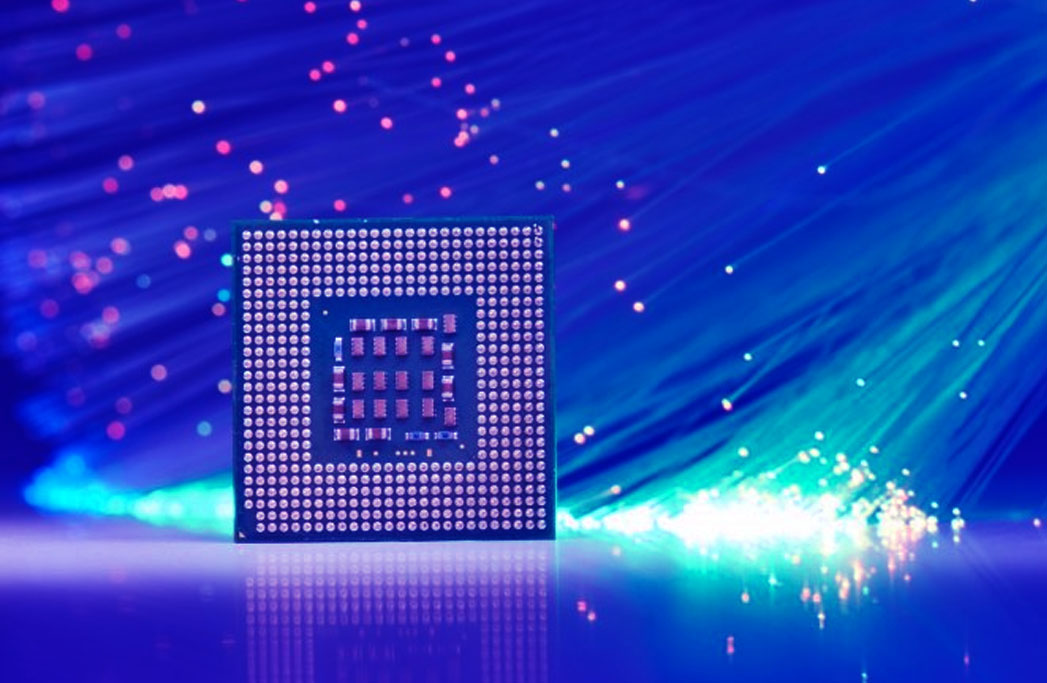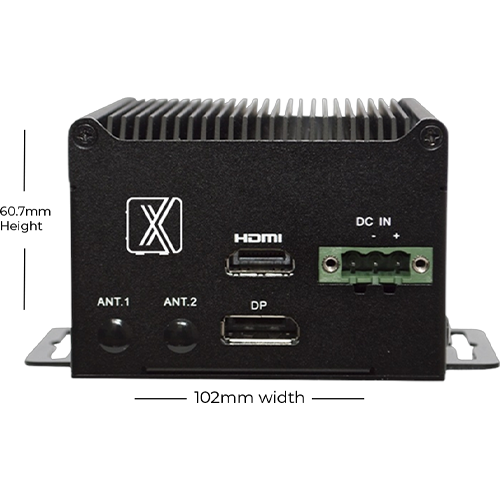For Professionals, By Professionals

Discover ProX PC for best custom-built PCs, powerful workstations, and GPU servers in India. Perfect for creators, professionals, and businesses. Shop now!
SERVICES
WE ACCEPT










Introduction:
Optical computing is an emerging technology that harnesses light instead of electricity to perform computational tasks, offering the potential for faster and more energy-efficient AI hardware. By leveraging the unique properties of light, optical computing promises to overcome the limitations of traditional electronic-based computing systems and unlock new frontiers for artificial intelligence (AI) applications.
Understanding Optical Computing:
Optical computing utilizes photons, the fundamental particles of light, to carry and process information instead of electrons used in conventional electronic computing. This involves encoding data onto light beams and manipulating them using optical components such as lenses, mirrors, and waveguides.

Advantages of Optical Computing:
Speed: Photons travel at the speed of light, enabling optical computing systems to perform computations much faster than electronic counterparts.

Energy Efficiency: Optical computing consumes less energy than electronic computing since photons experience minimal resistance and do not generate heat during data transmission.
Parallelism: Light-based systems inherently support parallel processing, allowing multiple computations to be performed simultaneously, leading to significant performance gains for AI tasks.
Interconnectivity: Optical signals can be transmitted over long distances with minimal loss, making optical computing ideal for connecting distributed AI systems and data centers.
Scalability: Optical components can be integrated densely on a chip, enabling the development of compact and scalable optical computing architectures suitable for AI hardware.
Applications of Optical Computing in AI:
Deep Learning: Optical computing can accelerate training and inference tasks for deep neural networks, enabling faster model training and real-time AI applications.

Image and Video Processing: Optical computing is well-suited for tasks such as image recognition, object detection, and video analysis due to its high-speed processing capabilities.
Natural Language Processing: Optical computing can enhance the performance of natural language processing algorithms by enabling rapid text analysis and translation.
Sensor Data Processing: Optical computing can process large volumes of sensor data from IoT devices and environmental sensors in real-time, facilitating data-driven decision-making.
Quantum Computing: Optical computing techniques are also being explored for quantum computing applications, promising breakthroughs in AI algorithms and optimization problems.
Challenges and Considerations:

Integration Complexity: Integrating optical components with existing electronic hardware poses technical challenges related to compatibility, alignment, and signal conversion.
Manufacturing Costs: Optical components such as lasers and photodetectors can be expensive to manufacture, hindering the widespread adoption of optical computing technology.
Signal Noise: Optical signals are susceptible to noise from environmental factors such as temperature fluctuations and optical imperfections, requiring robust error-correction techniques.
Standardization: The lack of standardization in optical computing technologies and protocols complicates interoperability and hampers ecosystem development.
Skill Gap: Optical computing requires specialized expertise in optics, photonics, and computational physics, limiting the pool of talent available for developing and deploying optical computing solutions.
Future Directions:
Material Innovations: Advances in materials science could lead to the development of new photonic materials with improved performance and manufacturability for optical computing applications.
Hybrid Architectures: Hybrid approaches that combine electronic and optical components offer a pragmatic path towards integrating optical computing into existing AI hardware systems.
Co-design Strategies: Co-design methodologies that optimize both software algorithms and hardware architectures for optical computing can maximize performance and energy efficiency.
Industry Collaboration: Collaboration between academia, industry, and government agencies is essential for advancing research, fostering innovation, and addressing the challenges facing optical computing.
Education and Training: Investing in education and training programs to cultivate a skilled workforce in optics, photonics, and optical computing will be critical for driving adoption and innovation in the field.
Conclusion:
Optical computing holds immense promise as the next frontier for AI hardware, offering unprecedented speed, energy efficiency, and scalability for computational tasks. While challenges remain in terms of integration complexity, manufacturing costs, and standardization, ongoing research and collaboration efforts are paving the way for realizing the full potential of optical computing in revolutionizing AI applications. With continued advancements in materials science, hybrid architectures, and co-design strategies, optical computing has the potential to reshape the landscape of AI hardware and accelerate the pace of innovation in artificial intelligence.
For more info visit www.proxpc.com
Edge Computing Products

ProX Micro Edge Orin Developer Kit
Learn More

ProX Micro Edge Orin NX
Learn More

ProX Micro Edge Orin Nano
Learn More

ProX Micro Edge AGX Orin
Share this: